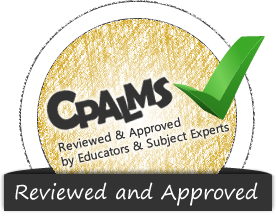Please sign in to access this resource
Click here to sign in
as a FL public educator Student
Access the resource on
FloridaStudents.org
Not a Florida public school educator?
Access this resourceon CPALMS.com
General Information
Aligned Standards
This vetted resource aligns to concepts or skills in these benchmarks.Related Videos

Agriculture takes teamwork! Watch now to learn more about how plants, bacteria, and viruses interact.
Download the CPALMS Perspectives video student note taking guide.

Learn about wetlands and how they meet the needs of various inhabitants. Learn more about how to learn more at .
Download the CPALMS Perspectives video student note taking guide.

Invasive lionfish are taking a bite out of the ecosystem of Biscayne Bay. Biologists are looking for new ways to remove them, including encouraging recreational divers to bite back!

Learn how the Woods Hole Oceanographic Institution experts track oil-soaked sand patties on the Gulf Coast to monitor possible negative environmental impacts from the Deepwater Horizon oil spill.
Download the CPALMS Perspectives video student note taking guide.

Don't cry over spilled oil. Take action instead! Learn how students can help scientists who are studying what happens to spilled oil and over time how it affects the environment.
Download the CPALMS Perspectives video student note taking guide.

You'll need to bring your computer skills and math knowledge to estimate oil volume and rate as it seeps from the ocean floor. Dive in!

Don't get stuck in a loop on ocean currents. Let this oceanography student explain.
Download the CPALMS Perspectives video student note taking guide.

Too many ideas about ocean currents swirling around in your head? Get into the flow of things with this video.
Download the CPALMS Perspectives video student note taking guide.

Dr. Jeff Holmes from the Harvard University Museum of Comparative Zoology discusses the Encyclopedia of Life as a teaching resource for concepts regarding food webs.
This video was created in collaboration with the Okaloosa County SCIENCE Partnership including the Smithsonian Institution and Harvard University.
Download the CPALMS Perspectives video student note taking guide.

COAPS oceanographer Dmitry Dukhovskoy describes the process used to mathematically model eddy shedding in the Gulf of Mexico.

Watch as this scientist shines a light on a type of pollution that affects sea turtles.
Download the CPALMS Perspectives video student note taking guide.

Dr. Bill McShea from the Smithsonian Institution discusses how he works to ameliorate negative human impacts on the enviroment to maintain healthy biodiversity.
This video was created in collaboration with the Okaloosa County SCIENCE Partnership, including the Smithsonian Institution and Harvard University.
Download the CPALMS Perspectives video student note taking guide.

Dr. Bill McShea from the Smithsonian Institution discusses population characteristics related to large animal species.
This video was created in collaboration with the Okaloosa County SCIENCE Partnership, including the Smithsonian Institution and Harvard University.
Download the CPALMS Perspectives video student note taking guide.

Do you think you know oil there is to know about human impact on the environment? Let this biologist explain.
Download the CPALMS Perspectives video student note taking guide.

Lionfish and other species are roaring past our native populations. Learn more.
Download the CPALMS Perspectives video student note taking guide.

Scientists can be superheroes when it comes to saving rivers! Watch this video to find out more.
Download the CPALMS Perspectives video student note taking guide.

This biologist will brighten your day with a discussion on colorful (or not) ways that marine organisms have adapted to ocean lighting.
Download the CPALMS Perspectives video student note taking guide.

Sink into science as a biologist floats a few thoughts about physiological adaptations marine animals use to stay at the right depth.
Download the CPALMS Perspectives video student note taking guide.

This marine biologist discusses her use of graphical representations to help determine the most cost-effective management strategies for sea turtle conservation.

An oil scientist explains how crude oil is formed and how it behaves in the environment.
Download the CPALMS Perspectives video student note taking guide.

Statistical analysis played an essential role in using microgravity sensors to determine location of caves in Wakulla County.
Download the CPALMS Perspectives video student note taking guide.

Dr. Tom Miller explains the major roles in food web communities and describes a model system for exploring energy transfer between organisms.
Download the CPALMS Perspectives video student note taking guide.

Charles Carpenter gives an overview of what it is like to own an electric car.
Download the CPALMS Perspectives video student note taking guide.

Jeff Dutrow discusses how the interactions of spheres impacts fish behaviors including tides, currents, and seasons.
Download the CPALMS Perspectives video student note taking guide.

Technology and web design can help students communicate information about an endangered species.
Download the CPALMS Perspectives video student note taking guide.

Take a hike! This teacher presents an idea for students to learn about nature by collecting and categorizing specimens.
Download the CPALMS Perspectives video student note taking guide.

Roads are a great resource for humans, but what do they mean for fragile ecosystems? Find out in this video.
Download the CPALMS Perspectives video student note taking guide.

Humans impact the environment in a number of ways. Learn more about how we interact with nature!
Download the CPALMS Perspectives video student note taking guide.

Pick up the pace and learn how snails fit into the Florida food web!
Download the CPALMS Perspectives video student note taking guide.

Learn all the information about coral and corral that knowledge!
Download the CPALMS Perspectives video student note taking guide.

This teaching activity rocks! Learn about aquatic ecosystems and hands-on learning!
Download the CPALMS Perspectives video student note taking guide.

What lurks beneath the water's surface? Lots of creatures, big and small! Learn how mangroves grow in an unusual environment and support many other organisms both in and out of the water.
Download the CPALMS Perspectives video student note taking guide.

Listen in as this teacher explains how students can do their own research to can help them understand invasive species and the dangers they pose to an ecosystem.
Download the CPALMS Perspectives video student note taking guide.

It's all connected. Check out this food web lesson idea.
Download the CPALMS Perspectives video student note taking guide.

Wade into science with students by cleaning up model oil spills!
Download the CPALMS Perspectives video student note taking guide.

Sometimes science means going outside. Get going!
Download the CPALMS Perspectives video student note taking guide.

Alicia Brown describes the role of sea grass beds in the environment.
Download the CPALMS Perspectives video student note taking guide.

Coleman Mackie discusses longleaf pine forests as renewable resources.
Download the CPALMS Perspectives video student note taking guide.

Coleman Mackie discusses the process of how he salvages pre-cut timbers from the bottom of river beds, the importance of ring density, buoyancy and the uses of the recovered logs.
Download the CPALMS Perspectives video student note taking guide.

Dr. Nico Wienders from the Department of Earth, Ocean and Atmospheric Science at Florida State University discusses factors related to currents and energy transfer in the ocean.
Download the CPALMS Perspectives video student note taking guide.

Glass artist Russel Scaturro explains how fine control of gas flow aids efforts to minimize his carbon footprint toward a larger goal of environmentally-conscious fabrication methodology.
Download the CPALMS Perspectives video student note taking guide.
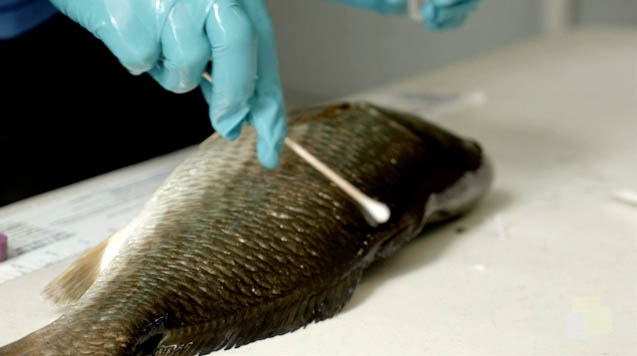
Dr. Andrea Larsen describes interactions between bacteria and fish that allow both to thrive.
Download the CPALMS Perspectives video student note taking guide.
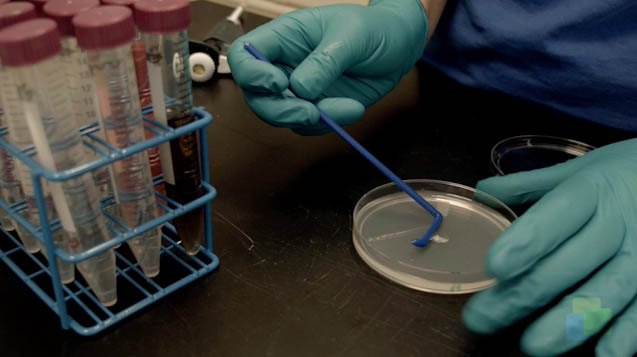
Dr. Andrea Larsen explains how fish microbiota are connected to fish health for aquaculture applications.
Download the CPALMS Perspectives video student note taking guide.

Dr. Mahmood Shivji explains how rapid genetic testing of shark tissue samples is used to address societal pressures on marine environments.
Download the CPALMS Perspectives video student note taking guide.

Dr. Erinn Muller explains how coral health research at Mote Marine Laboratory is driving policy decisions regarding coral reef restoration in Florida.
Download the CPALMS Perspectives video student note taking guide.

Will Ryan describes how linear regression models contribute towards his research on sea anemones.

Deep sea shark researcher, Chip Cotton, discusses the need for a Power Analysis to determine the critical sample size in order to make inferences on how oil spills affect shark populations.
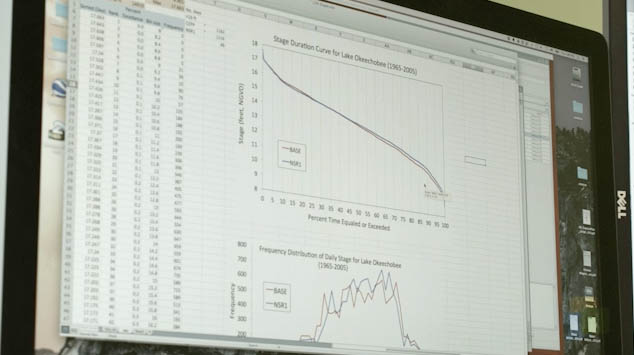
Dr. Melodie Naja of The Everglades Foundation describes research and modeling programs designed to better understand origins and localized levels of phosphorous pollution in the Everglades.
Download the CPALMS Perspectives video student note taking guide.
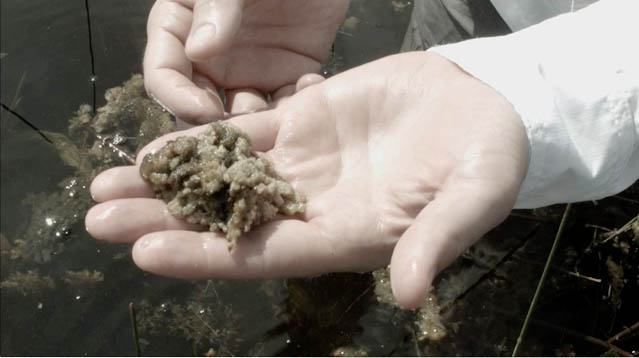
Dr. Melodie Naja describes the link between agricultural pollutants and the bioaccumulation of methylmercury in the fresh surface waters of the Everglades.
Download the CPALMS Perspectives video student note taking guide.

Dr. Erinn Muller describes limiting factors affecting coral health.
Download the CPALMS Perspectives video student note taking guide.
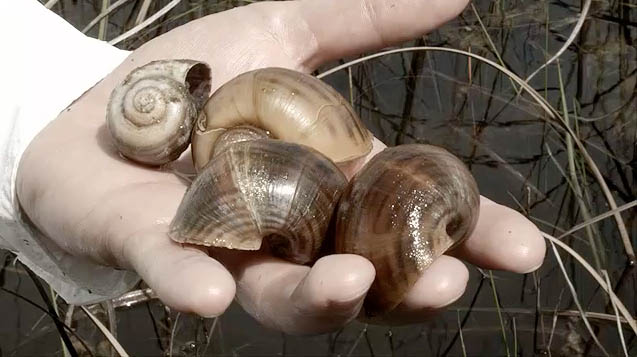
Watch as Dr. Stephen E. Davis, III explains how excess phosphorous pollution is impacting the Everglades.
Download the CPALMS Perspectives video student note taking guide.
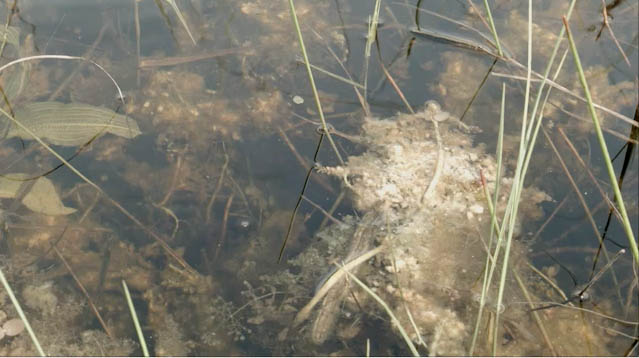
Periphyton plays several vital roles in the Everglades. Watch now to find out more!
Download the CPALMS Perspectives video student note taking guide.

NOAA Scientist Doug Devries discusses the differences between fishery independent surveys and fishery independent surveys. Discussion includes trap sampling as well as camera sampling. Using graphs to show changes in population of red snapper.
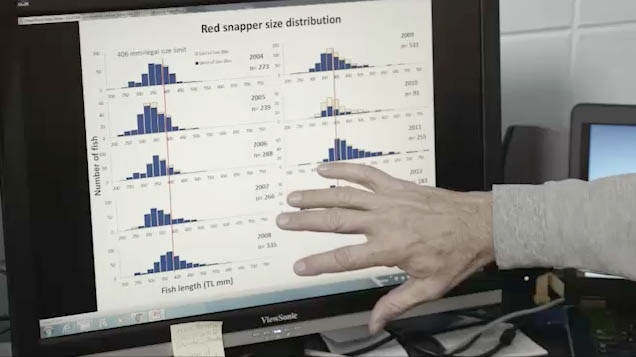
NOAA Fishery management relies on histograms to show patterns and trends over time of fishery data.
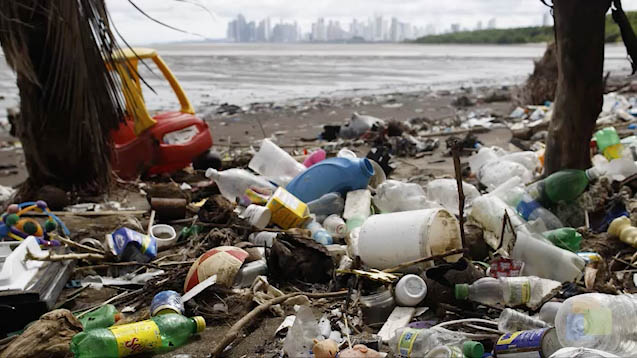
Dean Grubbs explains how different types of trash, like plastics, ends up in the ocean and how they become a detriment to marine life.
Download the CPALMS Perspectives video student note taking guide.
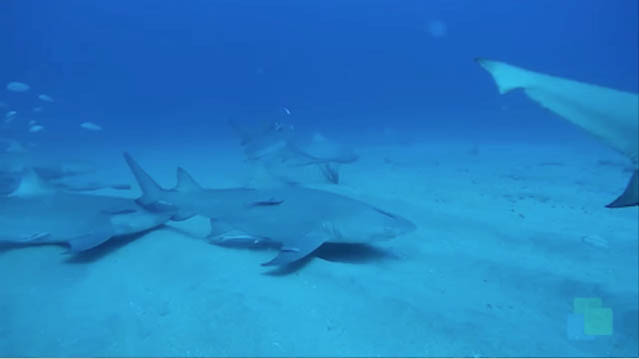
Fish Ecologist, Dean Grubbs, discusses how using statistical sampling can help determine legal catch rates for fish that may be endangered.
Download the CPALMS Perspectives video student note taking guide.
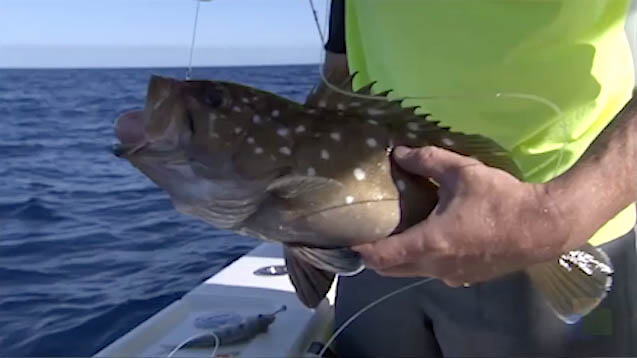
Dean Grubbs of Florida State Universisty, discusses the impact bycatch has on ocean life.
Download the CPALMS Perspectives video student note taking guide.
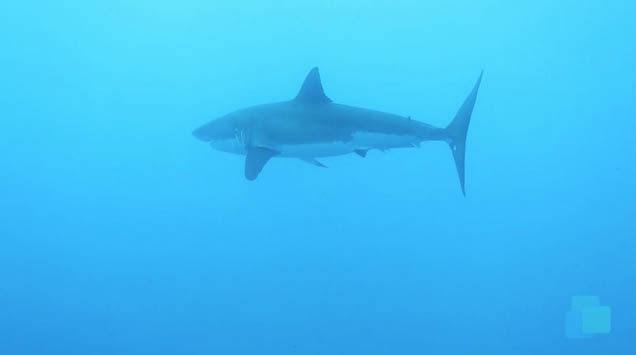
Enric Cortes discuses shark population data collected and the use of data to influence policy decisions.
Download the CPALMS Perspectives video student note taking guide.
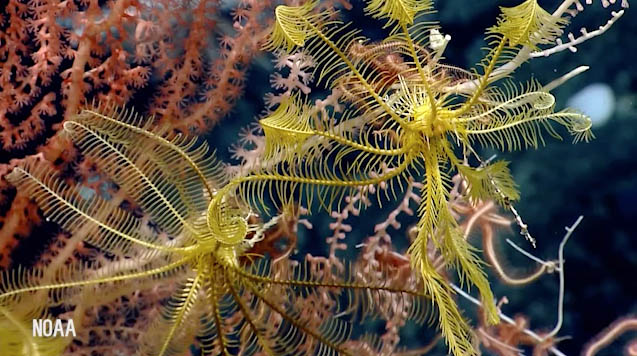
Sandra Brooke, from FSU Marine Lab, talks about undersea canyon ecosystems.
Download the CPALMS Perspectives video student note taking guide.
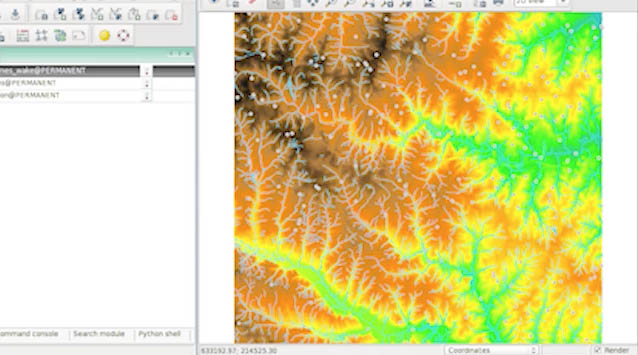
Ecologist, Rebecca Means, describes the process of determining remote locations in the USA and developing quantitative questions that are appropriate.
Download the CPALMS Perspectives video student note taking guide.
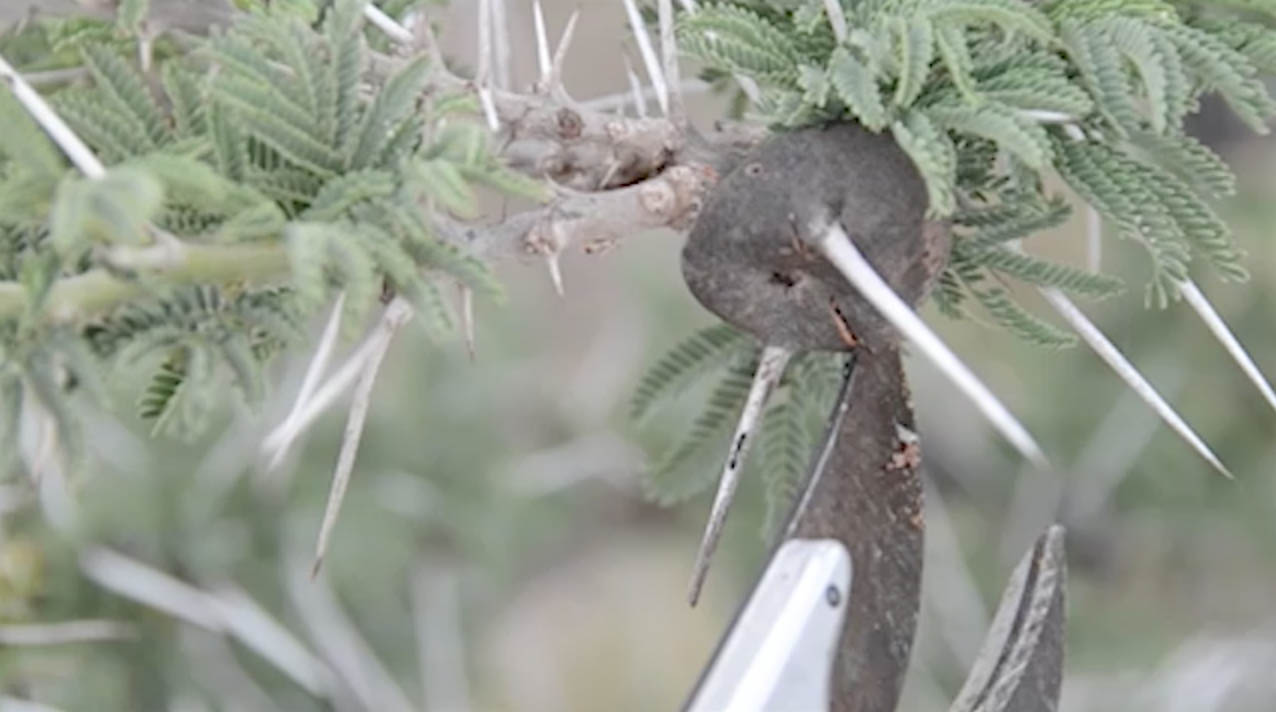
Patrick Milligan shares his research on invasive ant species in the Kenyan savannah.
Download the CPALMS Perspectives video student note taking guide.
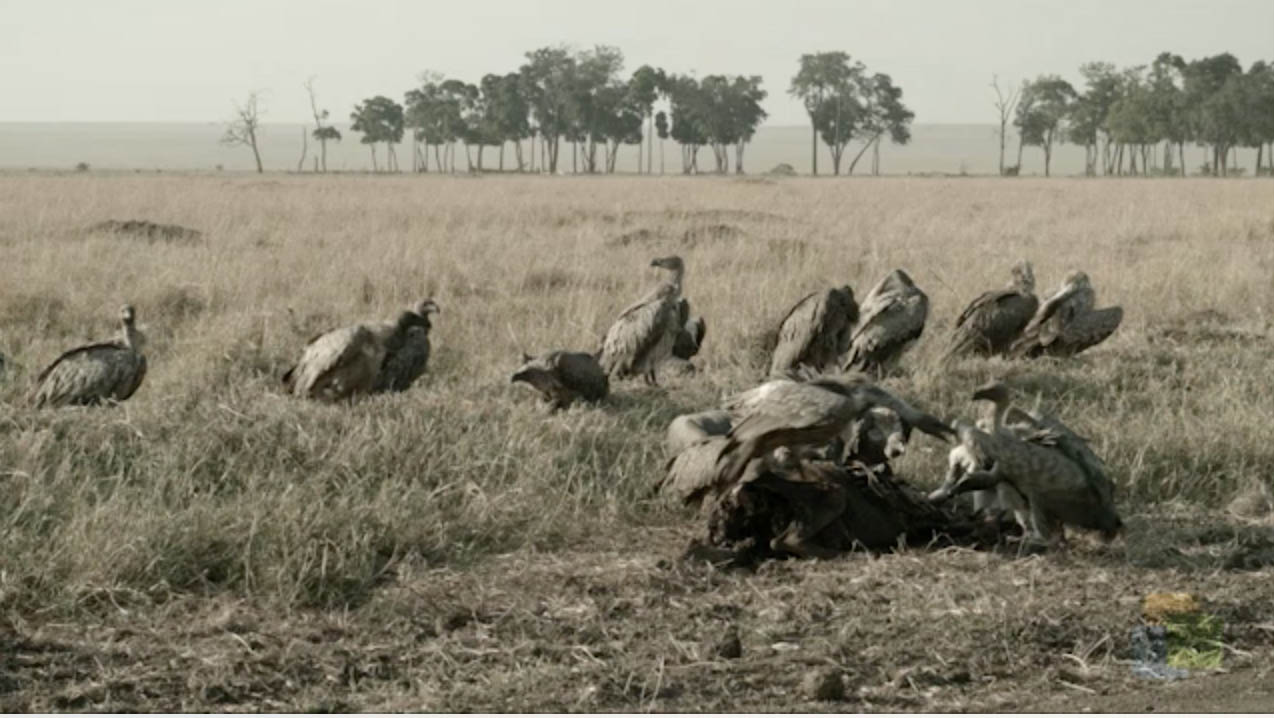
Patrick Milligan discusses the relationship of organisms in the Kenyan savannah.
Download the CPALMS Perspectives video student note taking guide.
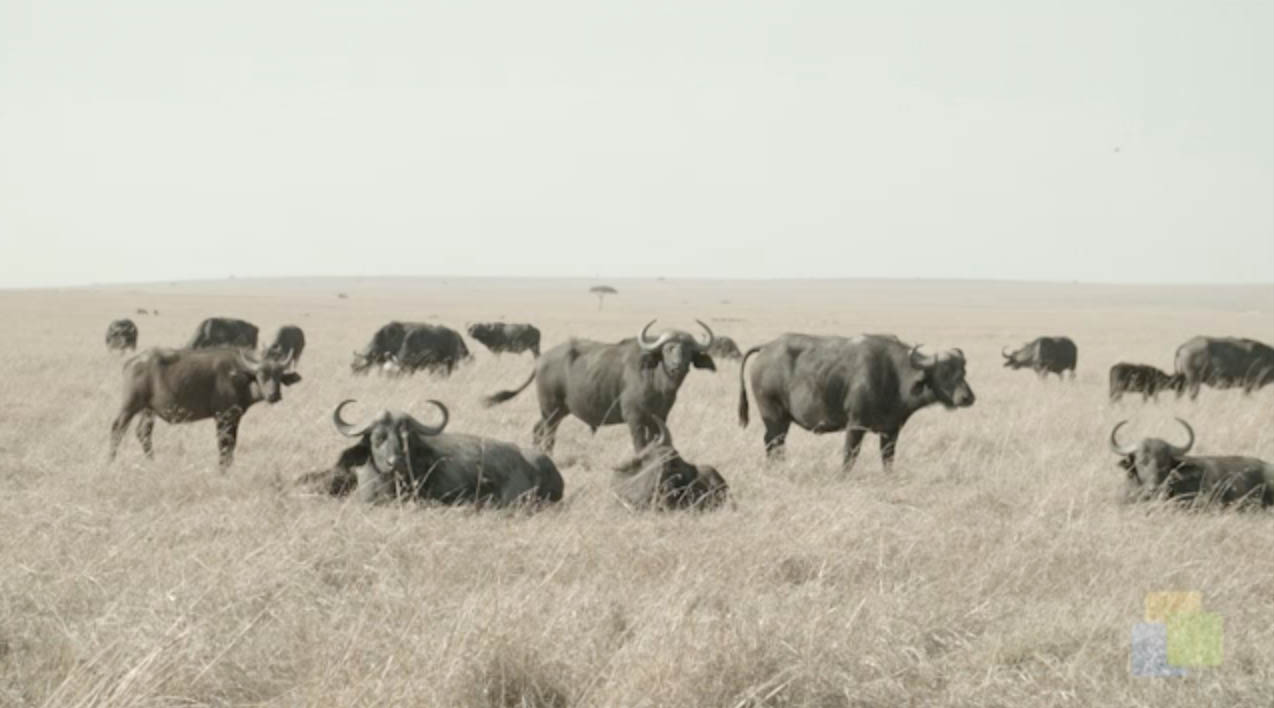
Patrick Milligan discusses the impetus for organisms to migrate in the Kenyan savannah.
Download the CPALMS Perspectives video student note taking guide.
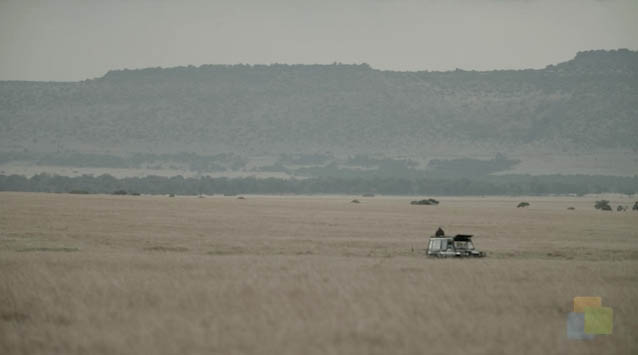
Patrick Milligan discusses biotic and abiotic factors that affect populations of ants in the Kenyan savannah.
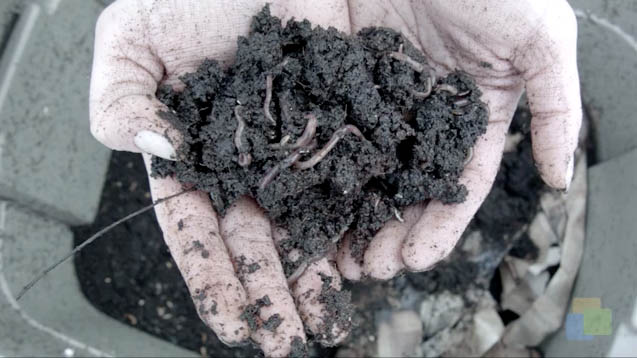
In this video, Molly Jameson explains how worm composting can work for the classroom.
Download the CPALMS Perspectives video student note taking guide.
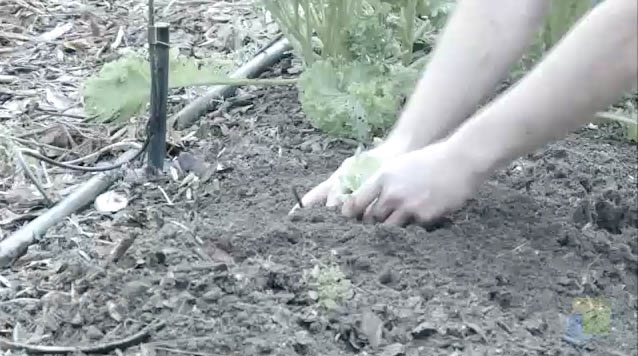
In this video, Mark Tancig explains how decomposers are vital to the process of composting.
Download the CPALMS Perspectives video student note taking guide.
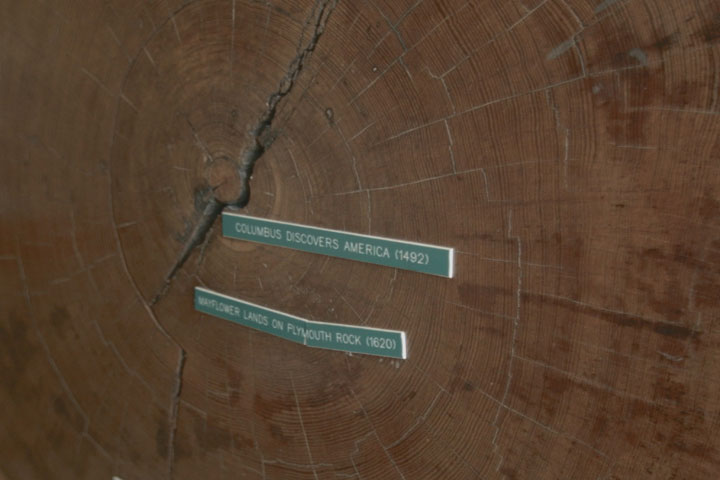
In this video, fire ecologist Monica Rother describes tree ring research and applications for land management.
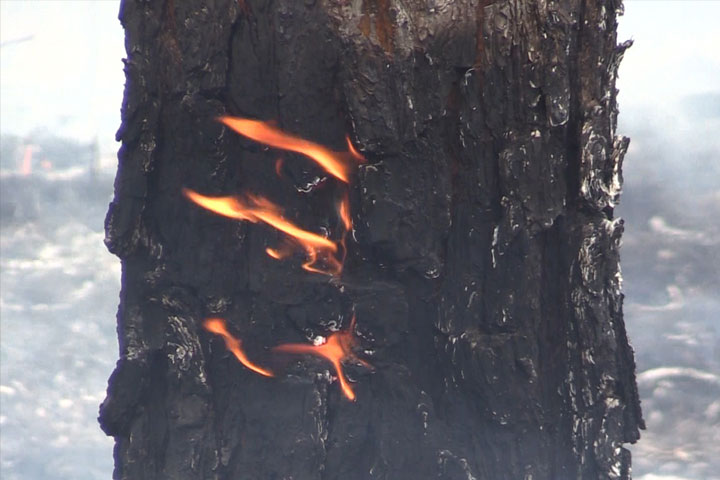
In this video, fire ecologist Kevin Robertson explains the role of fire in the carbon cycle in fire-dependent ecosystems.
Download the CPALMS Perspectives video student note taking guide.
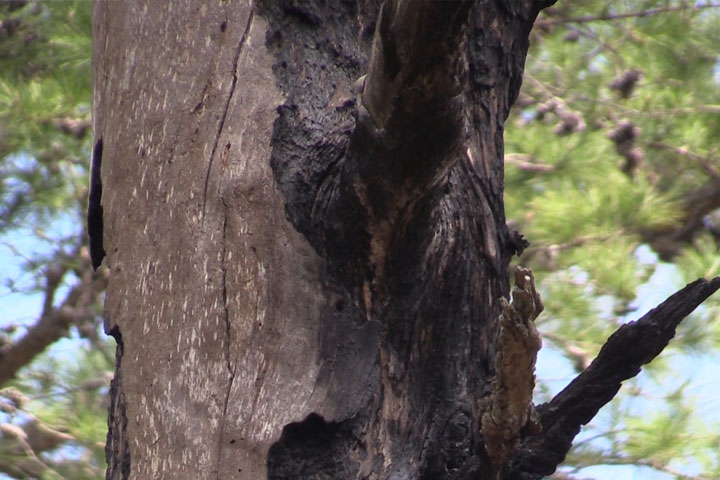
In this video, Jim Cox describes a sampling method for estimating the density of dead trees in a forest ecosystem.
Download the CPALMS Perspectives video student note taking guide.

Want an unforgettable field trip led by a real scientist where your students get hands-on experience with collecting population data? Consider the "" educational program from Remote Footprints.
Download the CPALMS Perspectives video student note taking guide.

Sometimes scientists conduct a census, too! Learn how population sampling can help monitor the progress of an ecological restoration project.

This teacher explains how a 3D-printed quadrat can be used with an M&M sampling lesson to engage students when they explore how to use data from a random sample to draw inferences about a population.

Dr. Bill McShea from the Smithsonian Institution discusses sampling and inference in the study of wildlife populations.
This video was created in collaboration with the Okaloosa County SCIENCE Partnership, including the Smithsonian Institution and Harvard University.

This ecologist from the Coastal Plains Institute discusses sampling techniques that are used to gather data to make statistical inferences about amphibian populations in the wetlands of the Apalachicola National Forest.

How do scientists collect information from the world? They sample it! Learn how scientists take samples of phytoplankton not only to monitor their populations, but also to make inferences about the rest of the ecosystem!

It's impossible to count every animal in a park, but with statistics and some engineering, biologists can come up with a good estimate.
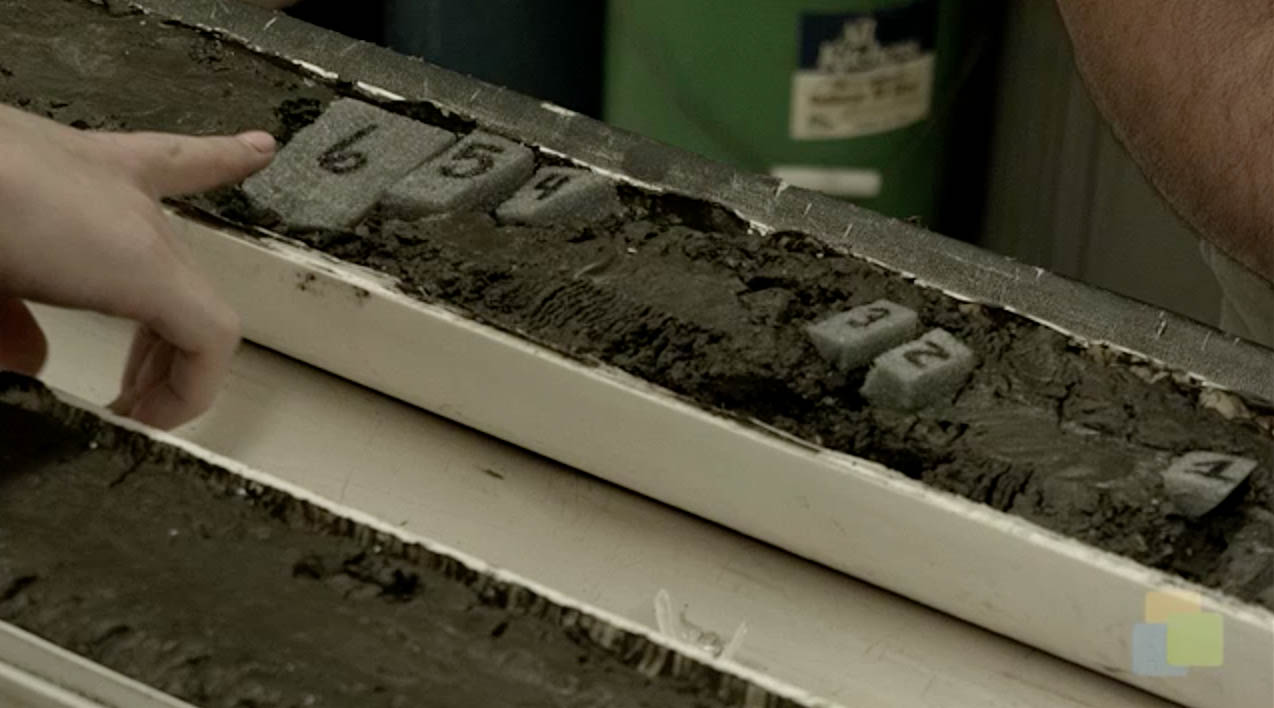
Eugene Domack, a geological oceanographer, describes how sediment cores are collected and used to estimate rates of ice sheet movement in Antarctica. Video funded by NSF grant #: OCE-1502753.
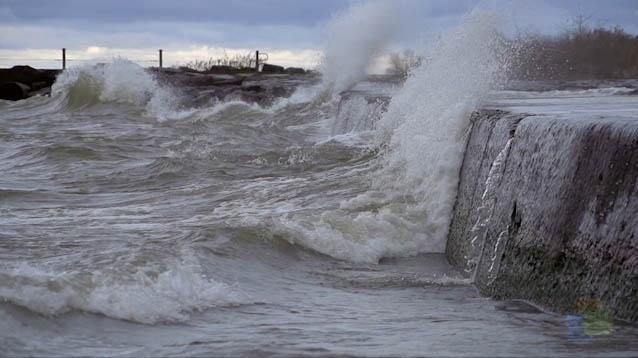
Entrepreneur and meteorologist Mark Powell discusses the need for statistics in his mathematical modeling program to help better understand hurricanes.

Underwater sampling with cameras has made fishery management more accurate for NOAA scientists.
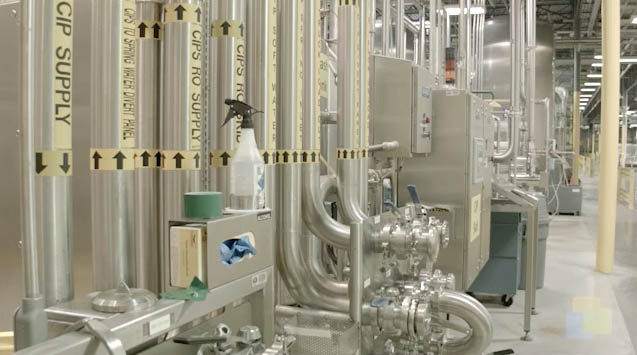
Hydrogeologist from Nestle Waters discusses the importance of statistical tests in monitoring sustainability and in maintaining consistent water quality in bottled water.
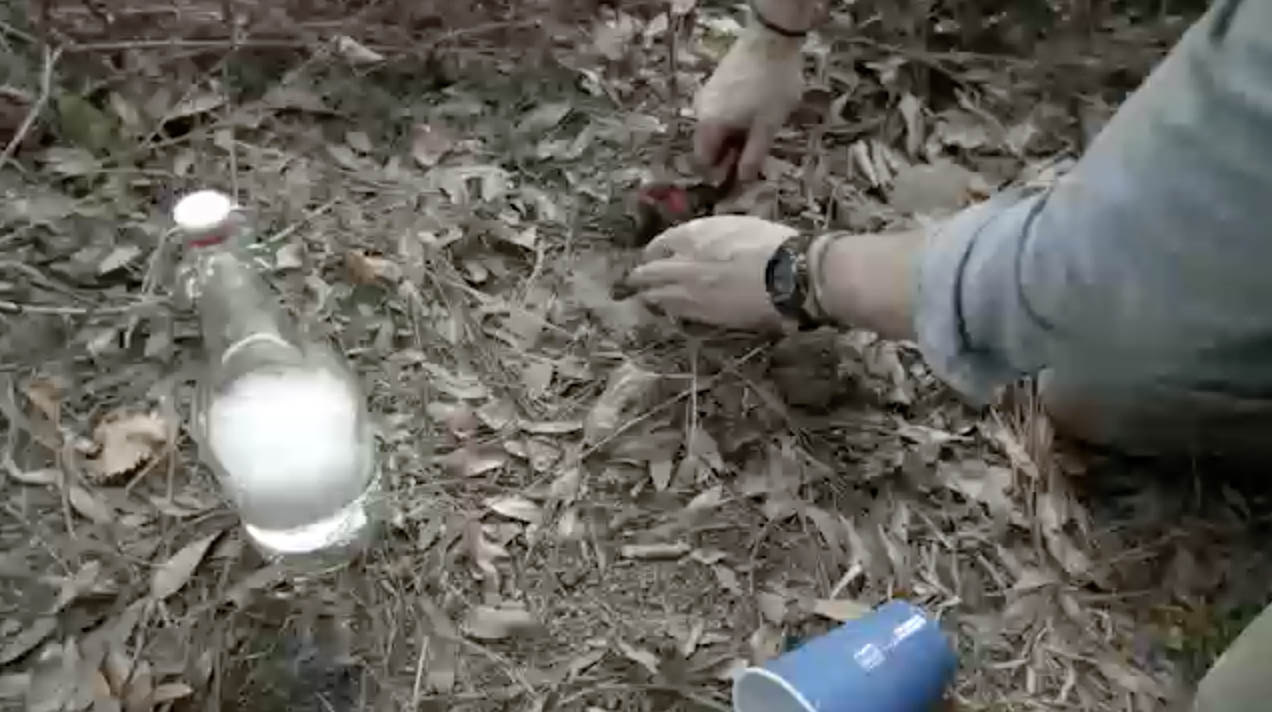
Patrick Milligan shares a teaching idea for collecting insect samples.

Jump to it and learn more about how quadratic equations are used in robot navigation problem solving!
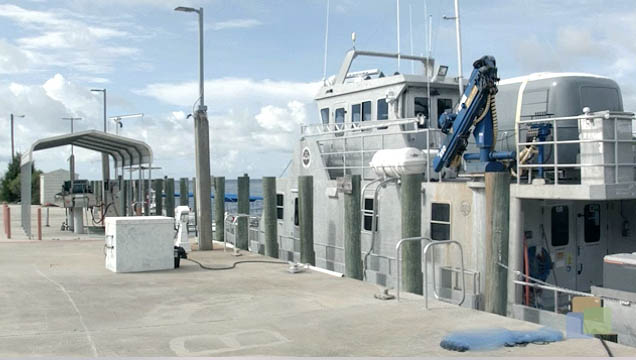
Fishery Scientist from Florida State University discusses his new research in deep sea sharks and the unusual behavior that is found when the data is graphed.
Download the CPALMS Perspectives video student note taking guide.
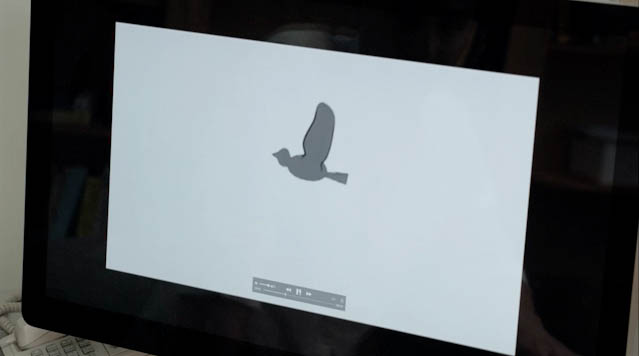
Nick Moore discusses his research behind optimizing wing design using inspiration from animals and how they swim and fly.
Download the CPALMS Perspectives video student note taking guide.
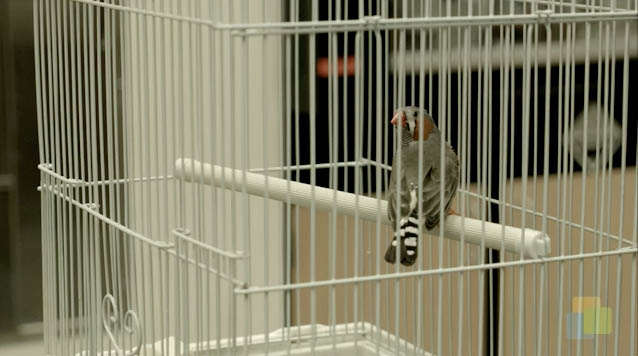
Richard Bertram discusses his mathematical modeling contribution to the Birdsong project that helps the progress of neuron and ion channel research.
Download the CPALMS Perspectives video student note taking guide.

The director of the National High Magnetic Field Laboratory describes electromagnetic waves.
Download the CPALMS Perspectives video student note taking guide.

This FSU professor describes how knot theory and cellular biology are intertwined. Researchers are still trying to determine how enzyme bridges are able to un-knot long strands of DNA to mitigate potential cell destruction.

Transform your understanding of 3D modeling when you learn about how shapes are manipulated to arrive at a final 3D printed form!

A discussion of the applications of Knot Theory, replication of DNA, enzymes, and fluid dynamics.

Brandon Reese, a PhD candidate in the FAMU-FSU College of Engineering, discusses the significance of both Bernoulli's equation and statistical analysis for the design of a "smart wing."

Hear this oceanography student float some ideas about how statistics are used in research.

What does it mean to be normally distributed? What do oceanographers do when the collected data is not normally distributed?

Data logging has transformed competitive racing! These SCCA drivers discuss how they use computers to compare multiple sets of data after test runs.

Ecologist Rebecca Means discusses the use of statistical sampling and comparative studies in field biology.

This quantitative measurement and statistics activity will allow you to save face.
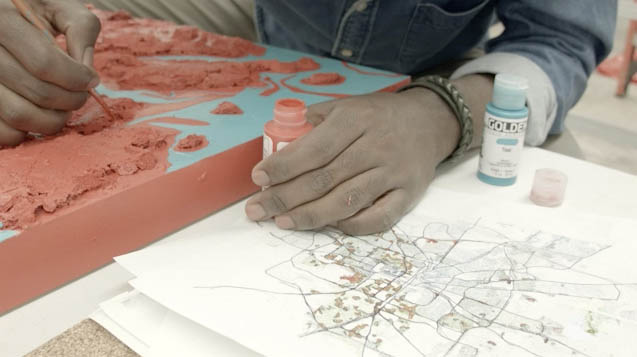
Graphic designer and artist, Drexston Redway infuses statistics into his artwork to show population distribution and overlap of poverty and ethnicity in Tallahassee, FL.
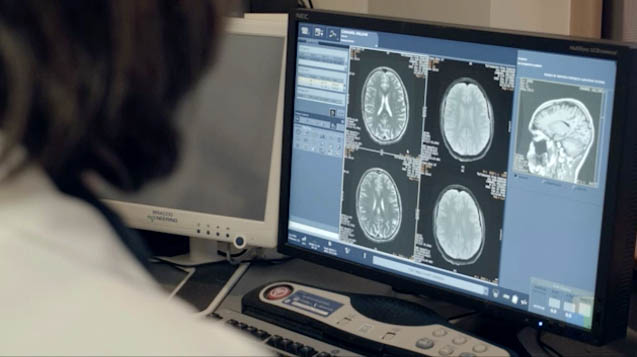
Wei Wu discusses his statistical contributions to the Birdsong project which help to quantify the differences in the changes of the zebra finch's song.

Laws and regulations that affect the public are being formed based on data from a variety of laboratories. How can we be sure that the laboratories are all standardized?
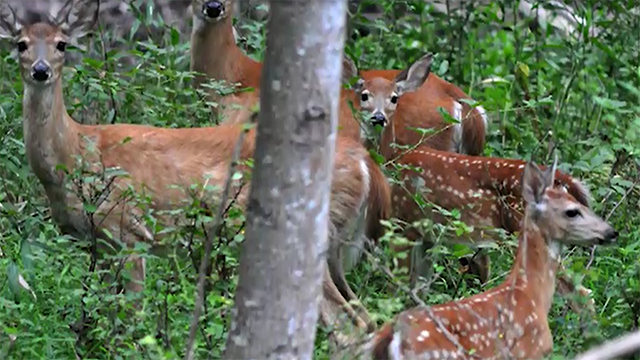
Dr. Bill McShea from the Smithsonian Institution discusses how regression analysis helps in his research.
This video was created in collaboration with the Okaloosa County SCIENCE Partnership, including the Smithsonian Institution and Harvard University.
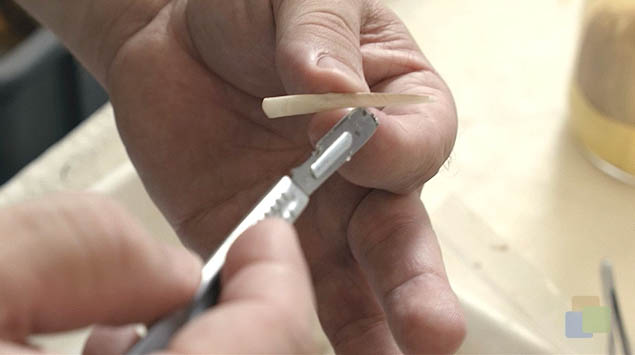
Chip Cotton, fishery biologist, discusses his use of mathematical regression modeling and how well the data fits his models based on his deep sea shark research.
Download the CPALMS Perspectives video student note taking guide.

Shark researcher, Chip Cotton, discusses the use of regression lines, slope, and determining the strength of the models he uses in his research.
Download the CPALMS Perspectives video student note taking guide.
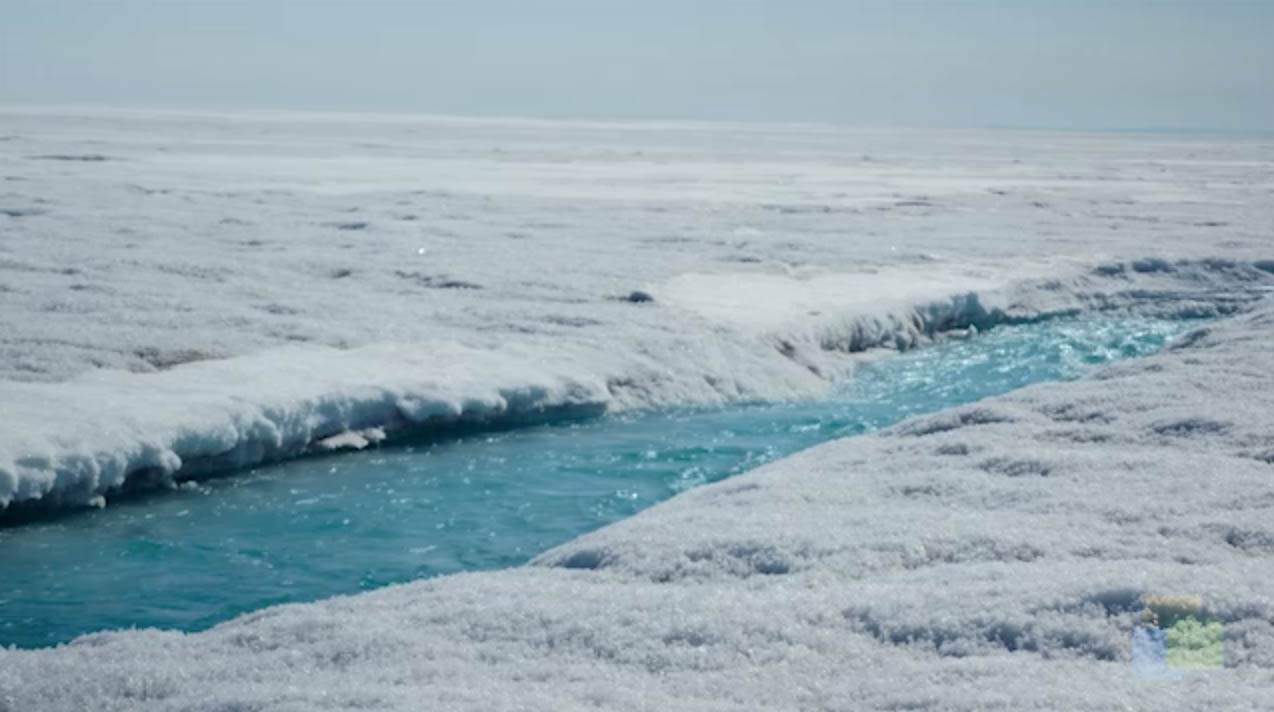
In this video, Brad Rosenheim describes how Louisiana sediment cores are used to estimate sea level changes over the last 10,000 years. Video funded by NSF grant #: OCE-1502753.

This buzzworthy video features statistics, sampling, and how scientists make inferences about populations.

What happens when math models go wrong in forecasting hurricanes?
Download the CPALMS Perspectives video student note taking guide.

COAPS oceanographer Steve Morey describes how math is used to help research hurricanes and strong deep ocean currents that could effect deep water oil rigs.
Download the CPALMS Perspectives video student note taking guide.

What was the first question that started probability theory?
Download the CPALMS Perspectives video student note taking guide.

Florida State University Counseling Psychologist discusses how he uses confidence intervals to make inferences on college students' experiences on campus based on a sample of students.
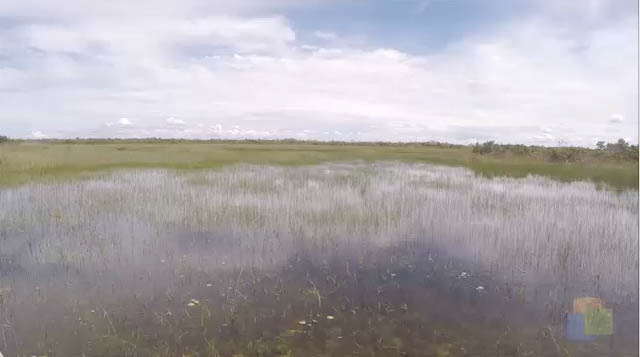
Dr. Tom Van Lent and Rajendra Paudel describe how modeling and simulation of water reservoirs are used to inform decisions about regulation of water flow in the Everglades.
Download the CPALMS Perspectives video student note taking guide.
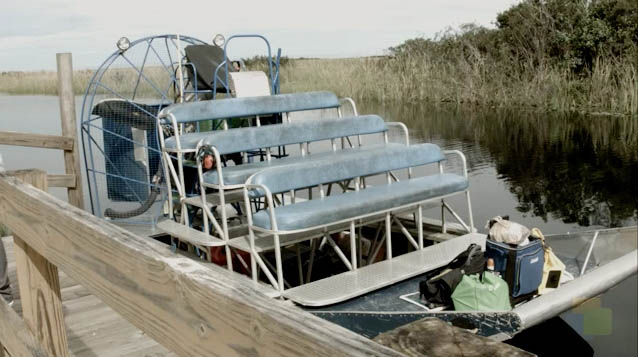
Dr. Tom Van Lent and Rajendra Paudel describe how hydrologic modeling is used to evaluate environmental conditions in the Everglades.
Download the CPALMS Perspectives video student note taking guide.
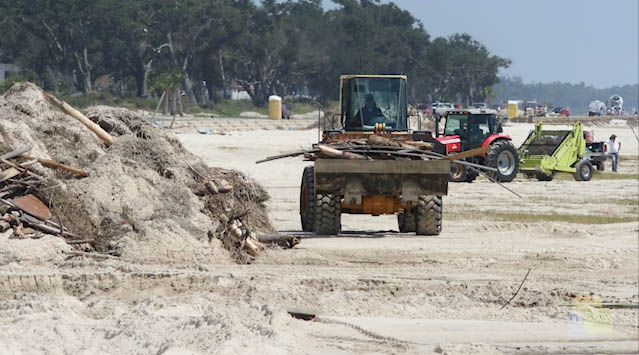
Hurricanes can hit at any time! How do insurance companies use math and weather data to help to restore the community?
Download the CPALMS Perspectives video student note taking guide.
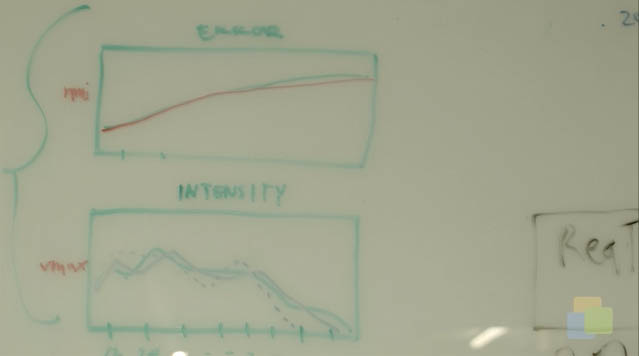
Meteorologist from Risk Management discusses the use of probability in predicting hurricane tracks.
Download the CPALMS Perspectives video student note taking guide.
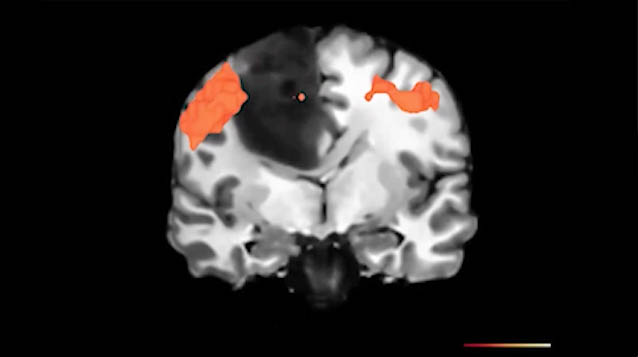
Jens Foell discusses how statistical noise reduction is used in fMRI brain imaging to be able to determine which specifics parts of the brain are related to certain activities and how this relates to patients that suffer from phantom limb pain.
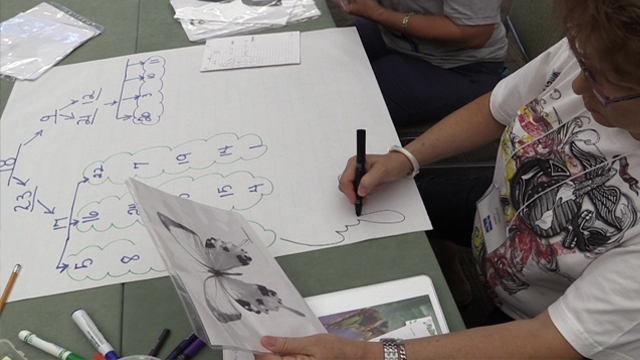
This education researcher uses measures of center and measures of variability for numerical data from random samples to draw informal comparative inferences about two populations.

Dive in and learn about how statistics can be used to help research sea turtles!

This activity will send your measurement lab to new distances.

An archaeologist describes how an ancient weapons technology can be used to bring home dinner or generate data for a math lesson.

Florida State researcher Jens Foell discusses the use of fMRI and statistics in chronic pain.

Unlock an effective teaching strategy for teaching median, mode, and range in this Teacher Perspectives Video for educators.


A discussion describing ocean currents studied by a physical oceanographer and how math is involved.
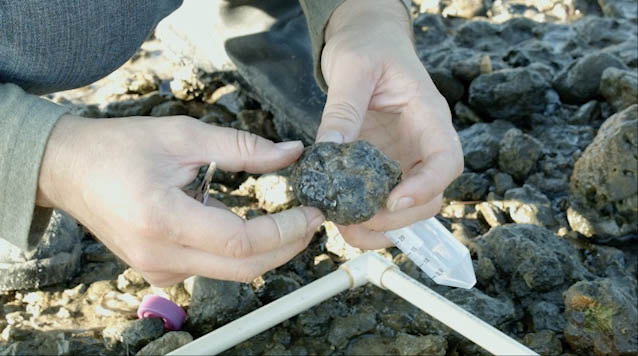
Will Ryan describes methods for collecting multiple random samples of anemones in coastal marine environments.
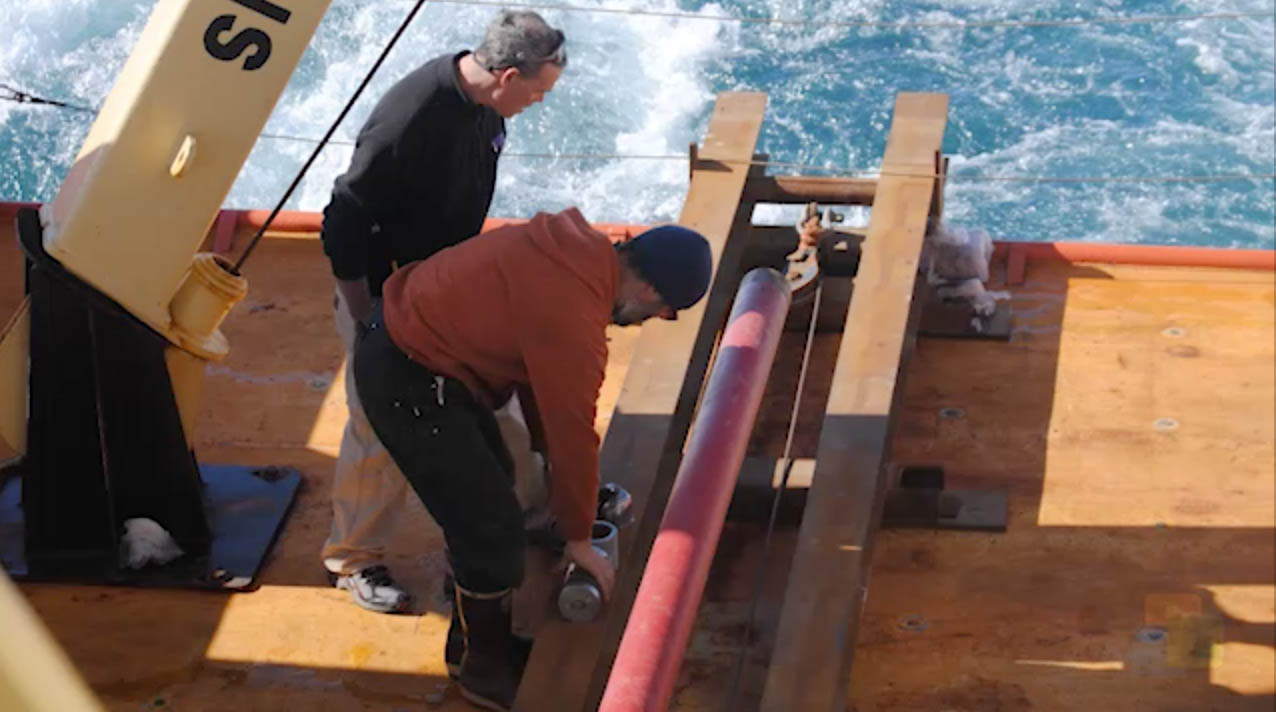
In this video, Eugene Domack explains how past Antarctic ice sheet movement rates allow us to understand sea level changes. Video funded by NSF grant #: OCE-1502753.
Download the CPALMS Perspectives video student note taking guide.

Researchers Frank Johnson, Richard Bertram, Wei Wu, and Rick Hyson explore the necessity of scientific and mathematical collaboration in modern neuroscience, as it relates to their NSF research on birdsong.
![Cpalms [Logo]](/images/cpalms_color.png)




